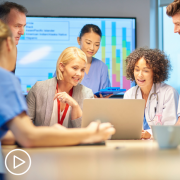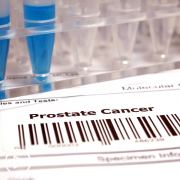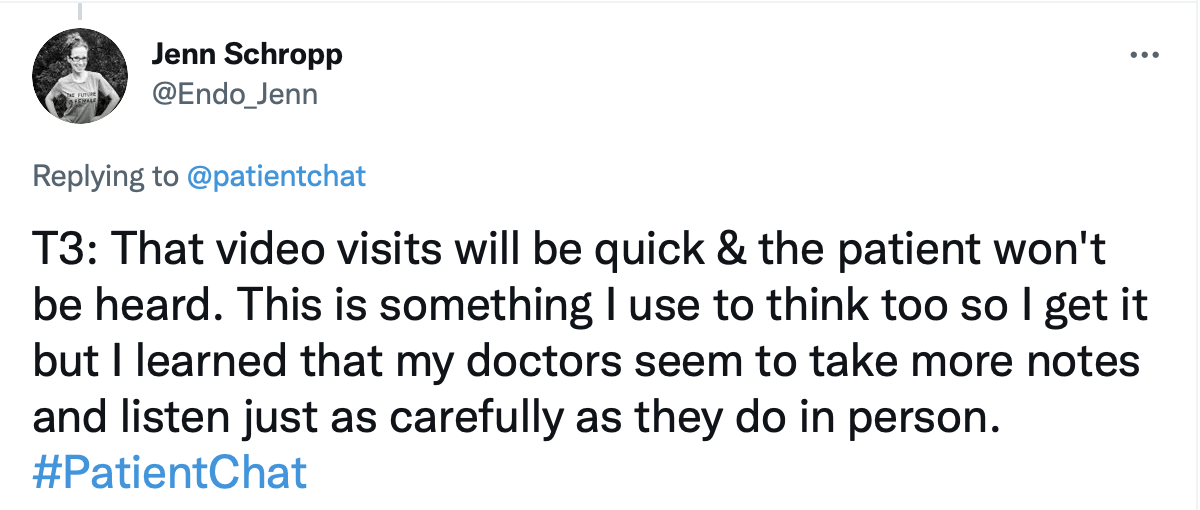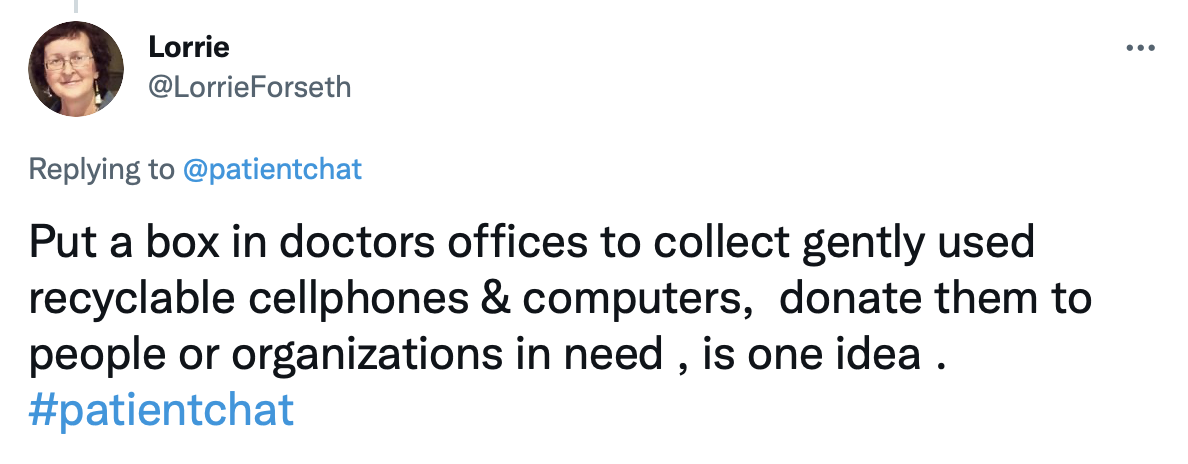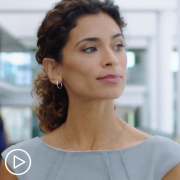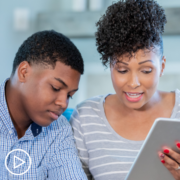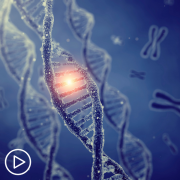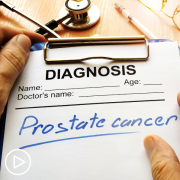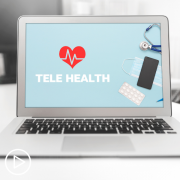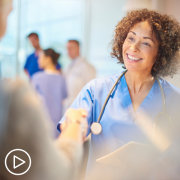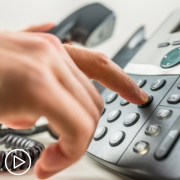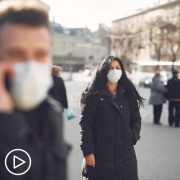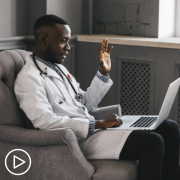How Does Aggressive Prostate Cancer Impact Various Populations?
How Does Aggressive Prostate Cancer Impact Various Populations? from Patient Empowerment Network on Vimeo.
How is prostate cancer impact different for some populations? Watch as expert Dr. Yaw Nyame shares how prostate cancer incidence and death rates vary for some groups, potential risk factors, screening recommendations, and actions that can be taken to improve health outcomes.
See More From Best Prostate Cancer Care No Matter Where You Live
Related Resources:
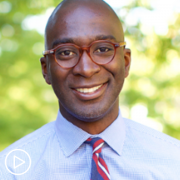
Ask the Prostate Cancer Expert: How Is Prostate Cancer Diagnosis and Treatment Evolving? |
Transcript:
Sherea Cary:
What differences do you see in terms of aggressiveness for cancers in different…various populations?
Dr. Nyame:
This is an area of research that for me, is trying to understand why certain populations have more aggressive or worse outcomes when it comes to prostate cancer.
The most obvious example of this here in the United States is for Black men. Black men are more likely to be diagnosed with prostate cancer each year, so about 70 percent more likely to be diagnosed, and they are twice as likely to die from prostate cancer as men of other races in the United States. If you look at what the natural history of prostate cancer and Black men looks like, meaning if you were to chart from diagnosis through the course of the disease, does it look different for Black men? The answer is yes, it appears of Black men get prostate cancer when they’re younger, and there’s data to suggest that perhaps Black men get more aggressive prostate cancer because they’re more likely to progress from the localized or treatable disease to stage IV aggressive disease that can’t be treated. We don’t understand what the drivers of that are for a long time, the medical community has suggested that it’s all biology, and by that may be an inherited biology, but we know that health disparities really carry a significant social contribution. And, in fact, I like to say that social and environmental factors inform biology too. And so, if we see something biologic that explains these trends, it doesn’t mean that that’s the way they were born, it might mean that you put someone in a community that lives near a highway with high pollution or does not have access to clean water or lives in a state of high stress or over security. We don’t know what the biologic manifestations of those types of experiences are, but that perhaps is the reason why we see our communities of color, especially our Black men, are experiencing a higher burden of prostate cancer.
Sherea Cary:
So, is there a push to have African American men tested earlier with the PSA test, since it appears that they may get prostate cancer earlier?
Dr. Nyame:
The U.S. Preventative Services Task Force, which makes a recommendation to the medical community about prostate cancer screening states that they cannot make a specific recommendation about screening in Black men and other high-risk populations like men with a strong family history of prostate cancer, because those men were not included in the clinical trials that have looked at the efficacy of PSA testing for screening.
Unfortunately, Black men make up 3 percent or less of participants in the two screening trials that have informed whether there’s a benefit to PSA testing, which there has been shown to be a 20 percent decrease in dying from prostate cancer if you get screened. We recently took data from the screening trials and superimposed them on real-world data from our surveillance apparatus for cancer in the United States, and what we found was that if you did lower the age of screening in Black men from age 55 to 45, that you did decrease the risk of dying from prostate cancer significantly. It is our hope that this type of research will encourage the U.S. Preventative Services Task Force and other medical societies to reconsider their screening recommendation for Black men, ultimately, whatever, if there is a recommendation made to screen at younger ages, I think we need to be conscientious and evaluate what the impact is on the ground, so that if there is a time where we need to reverse a recommendation like that because it’s potentially harmful, that we consider that. But I feel strongly sitting here today that we do need to advocate for earlier screening and Black men.

